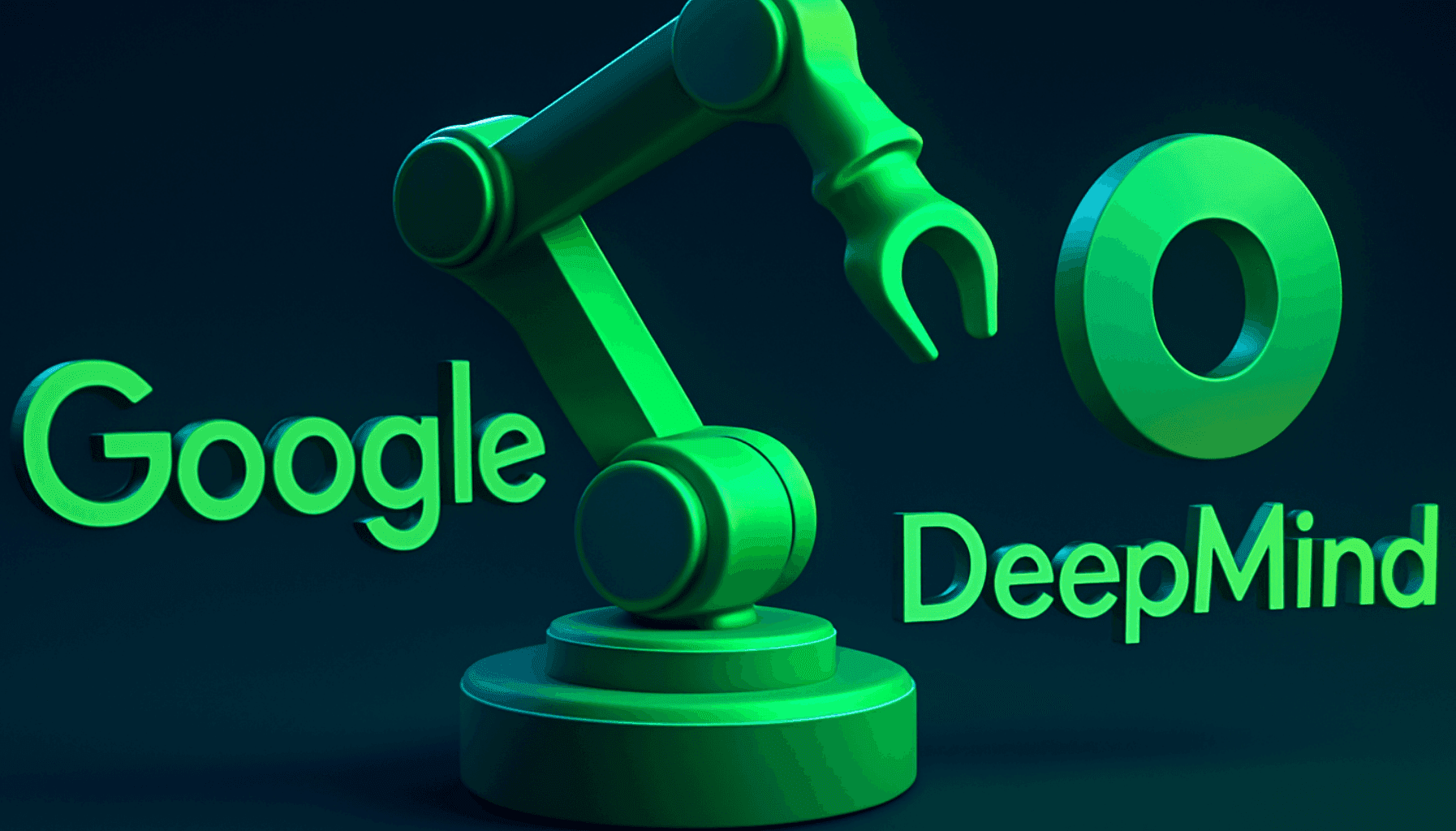
What is Kotlin? Where is it used?

As programming languages continue to evolve, each with its unique strengths and capabilities, they make development easier than ever. Among these rising stars, Kotlin shines as a new programming language that has captured the attention of developers worldwide. Carefully crafted by JetBrains, this statically-typed and general-purpose language is rapidly gaining momentum and becoming a powerful force in the software world.
Kotlin’s appeal lies in its seamless integration with Java. Developers can adopt Kotlin’s concise and expressive syntax while still leveraging the vast ecosystem of Java libraries and tools. This harmonious interaction between the two programming giants allows developers to create high-quality applications with exceptional efficiency. So, what are Kotlin’s features? Let’s take a closer look.
What is Kotlin?
Kotlin is a general-purpose, free, open-source, statically-typed, pragmatic programming language designed for JVM (Java Virtual Machine) and Android. It combines object-oriented and functional programming features. It focuses on interoperability, safety, clarity, and tool support. Kotlin also has versions targeting JavaScript ES5.1 and various processor native codes using LLVM.
Kotlin was developed in 2010 by JetBrains, the company behind IntelliJ IDEA, and has been open-source since 2012. More than 770 contributors have participated in the Kotlin project on GitHub. While most of the team works at JetBrains, around 100 external contributors have also played a role. JetBrains uses Kotlin in many of its own products, including IntelliJ IDEA.
At first glance, Kotlin appears to be a shorter and more fluent version of Java. A Java code example like:
StringBuilder sb = new StringBuilder();
is automatically converted to Kotlin as:
val sb = StringBuilder()
Functions are defined using the fun keyword, and semicolons at the end of lines become optional. The val keyword declares a read-only property or local variable, while var declares a mutable one. Kotlin has a robust foundation. The val and var keywords are used only when the type can be inferred; otherwise, the type must be explicitly declared. Type inference is a feature that continues to improve with each Kotlin release.
What is Kotlin Used For?
With over 700 programming languages competing in the vast world of programming, choosing the right one for learning and development can be challenging. Among this sea of options, Kotlin stands out with its functionality.
First of all, Kotlin’s compatibility with Java—a widely used and established language—is a key factor in its popularity. Kotlin integrates seamlessly with Java, allowing developers to benefit from its concise and expressive syntax while utilizing the vast tools and libraries of Java. Kotlin is also easy to learn, making its many features accessible quickly. Its syntax is carefully designed for brevity and clarity, which improves both development speed and code readability.
Kotlin’s versatility goes beyond Java compatibility. It excels in Android development, enabling developers to build native Android apps with exceptional efficiency and expressiveness. Kotlin is also a powerful tool for building robust and scalable web applications and is known for its strengths in both mobile and web development. Its growing industry adoption is proof of its capabilities and popularity—companies like Google, Amazon, Netflix, Pinterest, Uber, Foursquare, Trello, and Capital One have adopted Kotlin for many of their high-performance applications.
Kotlin’s promising future, continuous development, and wide application range position it as a dominant language in the world of software. Considering its potential to shape the future of development, Kotlin is a valuable investment for developers looking to stay ahead.
What Are Kotlin’s Features?
Kotlin is highly versatile—about 2 million programming professionals used Kotlin at least once in 2021. (1) Of those, nearly 1 million continued using Kotlin as one of their top 3 programming languages. This widespread adoption is largely due to its rich features. Here are some standout features:
Android Development
As mentioned, Kotlin is a preferred language for Android development thanks to its concise, expressive, and safe code-writing capabilities. Android Studio, the official IDE for Android development, fully supports Kotlin, offering the same type checking and code completion as with Java.
Backend Web Development
While most backend development using frameworks like Spring is done in Java, Kotlin has gained traction for making developers’ work easier. Its modern features allow developers to create scalable applications on commodity hardware. Kotlin works with Spring and other frameworks, so switching to Kotlin doesn’t mean abandoning familiar tools. Many companies like Google and Amazon have already replaced some of their backend Java code with Kotlin.
Full Stack Web Development
Kotlin can also be used for frontend development via Kotlin/JS. This enables access to powerful browser and web APIs with type safety. Full-stack developers can write both backend and frontend code in Kotlin, with frontend code compiled to JavaScript.
Data Science
Data scientists can use Kotlin while still accessing standard Java libraries. Tools like Jupyter and Zeppelin, widely used for data visualization and exploratory research, also support Kotlin.
Cross-Platform Mobile Development
Kotlin Multiplatform Mobile is a development kit for creating cross-platform apps. With this, you can compile applications from a single Kotlin codebase to run on Android, iPhones, and even Apple Watch.
Where is Kotlin Used?
Here are some real-world examples of where Kotlin is being used:
- Google uses Kotlin in products like Android Studio, Jetpack Compose, and Firebase.
- JetBrains uses Kotlin in IntelliJ IDEA and other products.
- Pinterest utilizes Kotlin for Android app development.
- Evernote develops Android and iOS apps using Kotlin.
- Uber uses Kotlin for some backend services.
- Coursera relies on Kotlin for both Android apps and backend services.
- Slack develops its Android app and backend services with Kotlin.
- Netflix uses Kotlin for Android development.
- Hopscotch employs Kotlin for Android apps and backend services.
- Duolingo developed its Android app with Kotlin.
- Basecamp uses Kotlin for its Android app.
What Can You Do with Kotlin?
Kotlin not only simplifies code readability and development but also gives developers the freedom to work in their preferred style. It’s a flexible language that supports both functional and object-oriented programming. Kotlin can be used with frameworks like Spring Boot and Micronaut to develop server-side applications.
Its strong type system and functional programming support make it ideal for building reliable and scalable server-side applications. With JavaFX support, Kotlin is also great for cross-platform desktop app development using frameworks like TornadoFX and Compose for Desktop.
Due to its speed and efficiency, Kotlin is also a solid choice for mobile game development. Developers can also write command-line applications and automation scripts using Gradle plugins. As a bonus, Kotlin/Native allows you to use Kotlin in conjunction with other programming languages.
As demand for skilled Kotlin developers continues to rise, now is the perfect time to invest in your future and join the top tier of the industry! Explore the latest trainings offered on Techcareer.net and start transforming your career today!



